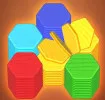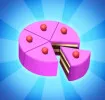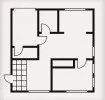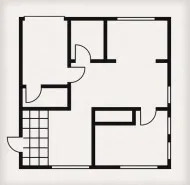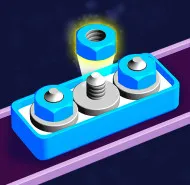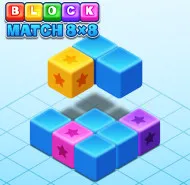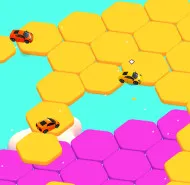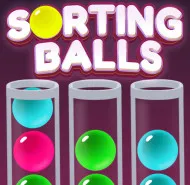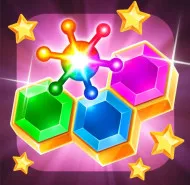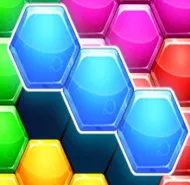Tetris
In 1984, Russian software developer Alexey Pajitnov created Tetris. The game has become one of the most iconic and enduring games in video game history.
Gameplay Mechanics
- Objective: The main goal is to score points by clearing horizontal lines of blocks. When a line is completely filled with blocks, it disappears, and the player earns points.
- Tetris: The game features seven different shapes of blocks called Tetris, each made up of four squares. The shapes are:
- Straight line
- Square
- Shape
- Shape, left
- Shape, right
- Zigzag, left
- Zigzag, right
- Falling Blocks: Tetris fall from the top of the screen, and players can move and rotate them to fit into the gaps below.
Scoring System
Players earn points for each line cleared. The more lines cleared at once (e.g., double, triple, or Tetris for four lines), the more points awarded.
Levels and Speed
As players progress, the speed at which the Tetris fall increases, making the game more challenging.
Game Over
The game ends when the Tetris stack up to the top of the playing field, preventing new Tetris from entering.
Cultural Impact
- Legacy: Tetris has inspired countless adaptations and variations across various platforms, from arcade machines to mobile apps.
- Music: The game is famously associated with the "Tetris Theme," a catchy tune based on a Russian folk song.
Tetris remains a timeless game, celebrated for its simple yet addictive gameplay and its ability to challenge players of all ages.
Its influence on gaming culture is profound, making it a staple in the world of video games.
Instructions
Keyboard
- Move tetris block - left and right arrows
- Rotate Right - up arrow
- Soft Drop - down arrow
- Space - Hard drop
- Z - Rotate Left
- C - Hold
- ESC - pause
Mouse
- Left mouse - Hard Drop
- Right mouse - Hold
- Mouse right and left - move block
Categories & Tags
Discuss Tetris

